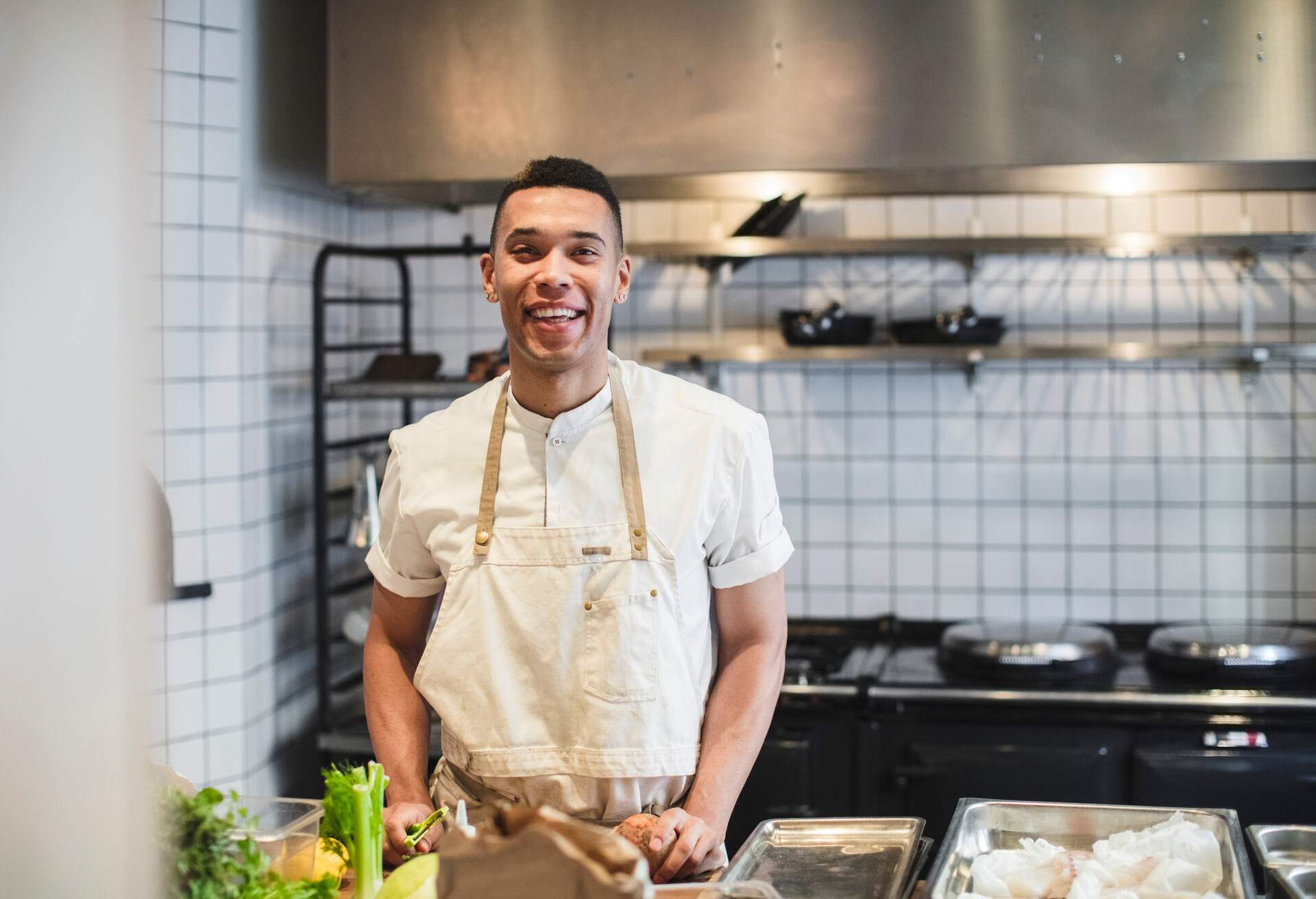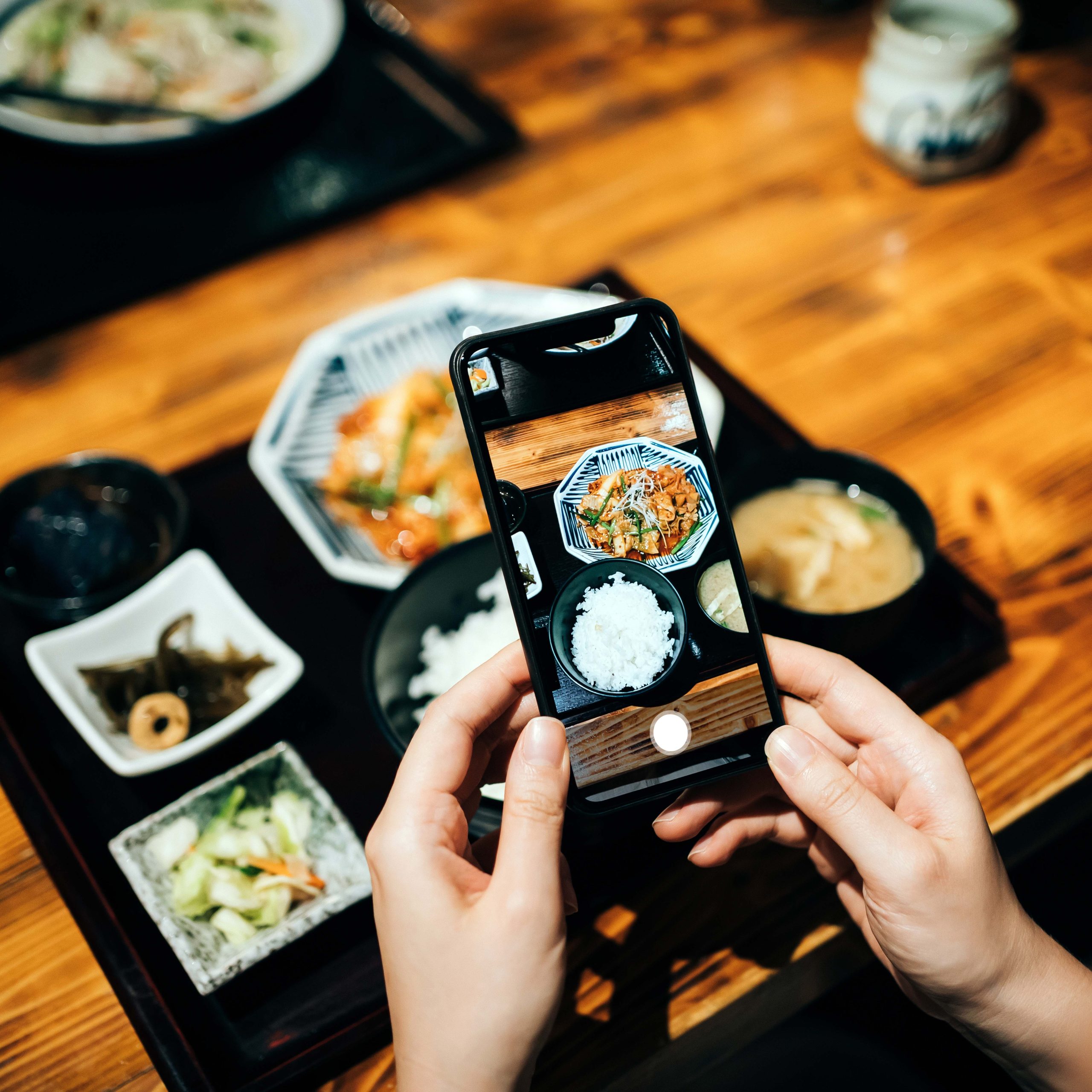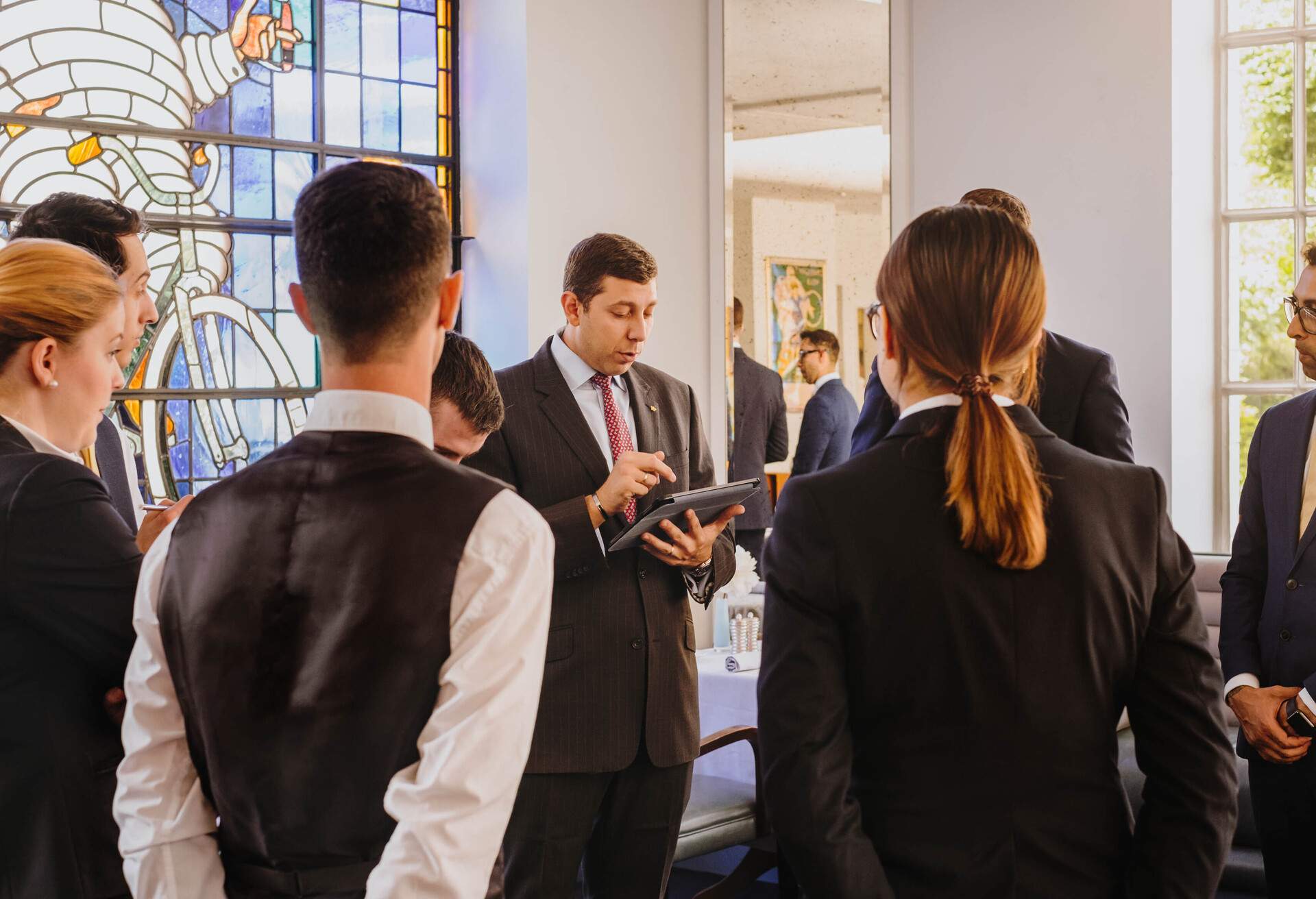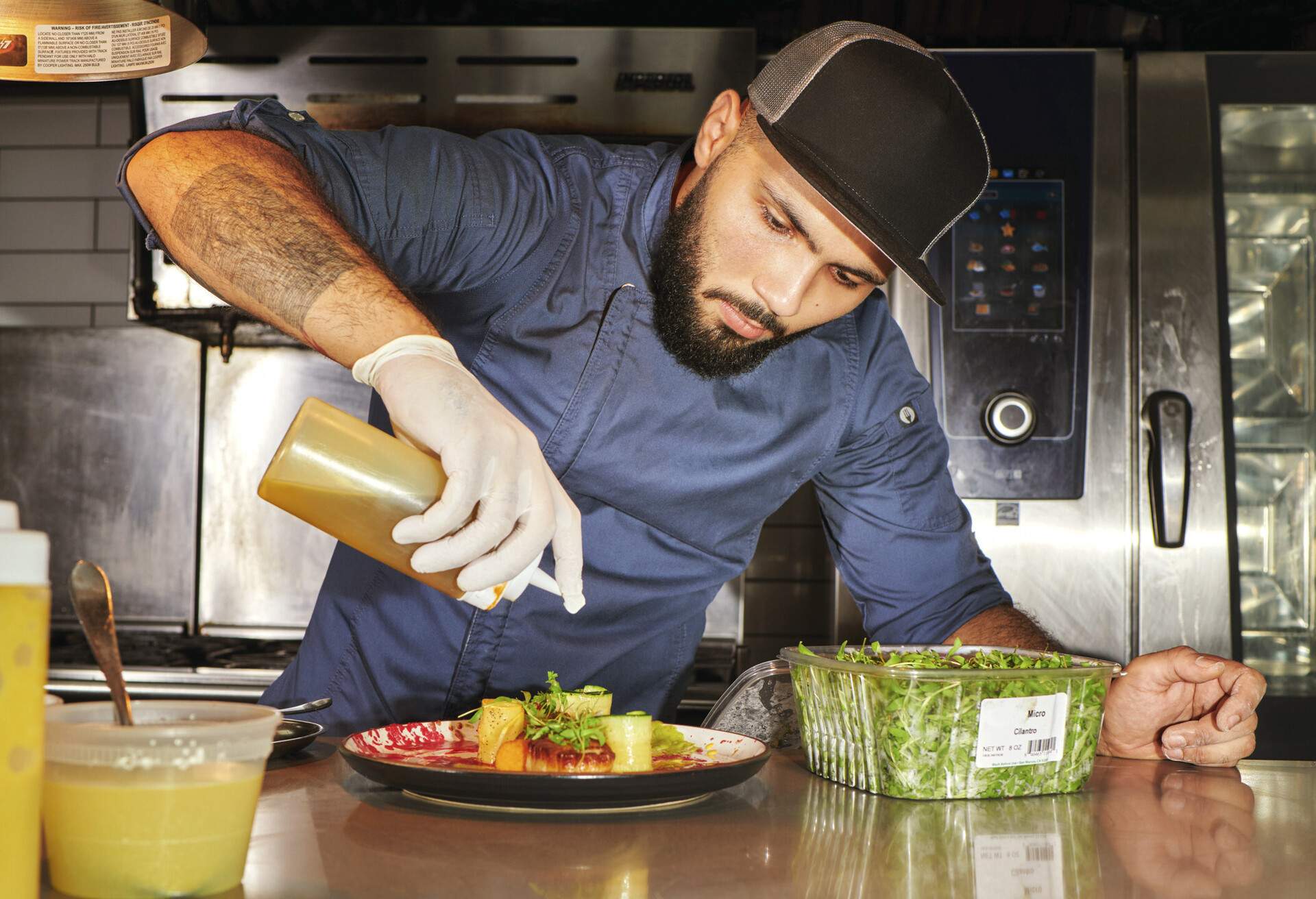The food delivery revolution has transformed the way we dine, with more people than ever turning to apps like Deliveroo, Just Eat and Uber Eats for convenient meals at home or the office. This shift has given rise to a new business model that’s adding another layer to the restaurant industry—the dark kitchen. But what exactly is a dark kitchen, and how can new and existing restaurants get in on the action? Let’s explore the ins and outs.
What is a dark kitchen?
A dark kitchen is also known as a ghost kitchen, cloud kitchen or virtual kitchen. It’s a professional food preparation and cooking facility established solely for delivery or takeaway orders. Unlike when you open your own restaurant, there is no dine-in area or traditional restaurant front-of-house.
These delivery-only operations for all intents and purposes are production hubs that prepare popular menu items to fulfil orders coming in via third-party delivery platforms like Deliveroo, Just Eat or Uber Eats, as well as direct mobile orders for pickup or food trucks.
By removing the costs associated with running a traditional dine-in restaurant, like servers and a dining room, dark kitchens can start up and operate with significantly lower overheads. Or they can give an established restaurant the opportunity to test the market in other locations without fully committing. A try before you buy, if you will.
Why would you open a dark kitchen?
The benefits driving the growth of the dark kitchen model are plentiful for entrepreneurial food operators.
Low start-up costs
One of the biggest advantages is the reduced initial financial investment required. With no need for an expensive dine-in location or dining room, and no costs for things like decor, tables and servers, the startup costs of a dark kitchen are a fraction of a traditional restaurant. A lower barrier to entry may be appealing, especially for first-time restaurant owners.
Test new concepts on a shoestring budget
Dark kitchens provide a low-risk, low-cost way for existing restaurant groups to test out creative new menu concepts before potentially investing in a full brick-and-mortar launch. It allows them to gauge diner demand and refine operations before over-committing resources.
Expand your reach without brick-and-mortar
A dark kitchen can enable established restaurant brands to tap into the delivery market in new areas without having to invest in a full physical location. A successful burger spot could launch a delivery-only chicken wing virtual brand from a dark kitchen across town to target new guests, for instance.
What are the disadvantages of dark kitchens?
While the profit potential is enticing, aspiring dark kitchen operators should be aware of some potential downsides and challenges.
Steep delivery platform fees
Major third-party food delivery apps like Deliveroo and UberEats charge restaurants hefty commission fees that can be as much as 30%. These fees can put a serious dent in profit margins if not accounted for properly when setting menu pricing and forecasting financials.
Limited brand experience
With no physical dine-in presence or traditional storefront, it’s extremely difficult for dark kitchen operators to create a strong, tangible brand identity and directly connect with diners. It’s not impossible, and smart marketers can generate a buzz with social media and the likes, but building brand loyalty can be an uphill battle.
Operational complexity
Juggling orders across multiple third-party delivery platforms and guaranteeing timely order fulfilment can be a major logistical and operational challenge, especially for less tech-savvy operators. Coordinating drivers or outside delivery services adds another layer of complexity.
What’s the difference between ghost and dark kitchens?
While the terms ‘ghost kitchen’ and ‘dark kitchen’ are often used interchangeably, there is a subtle but important distinction.
Ghost Kitchens refer specifically to delivery or takeaway kitchen operations that are run by an existing, established restaurant brand using separate kitchen facilities from their dine-in locations.
Dark Kitchens are stand-alone delivery or takeaway food businesses that operate independently with no association or physical spaces connected to an existing restaurant brand.
Examples of successful dark kitchens in the UK
Dark kitchens are still a relatively new concept, but the UK has already seen the rise of several successful iterations that include:
Dishoom’s delivery biryani kitchens
The acclaimed Indian restaurant group known for its cult-following launched dedicated dark kitchens to offer a limited delivery menu featuring their signature chicken and vegetable biryani dishes, as well as popular curries and breads created in a tightly curated way.
Taster delivery brands
Taster is a delivery-only business that operates over 10 different virtual brands like O’Shaughnessy’s Irish street food and The Greek Peasant from its network of dark kitchens strategically located across London.
Atcha Cloudtown Kitchen
Malaysian street food brand Atcha partners with cloud kitchen facilities to offer a delivery-only menu of signature hawker dishes like noodles and curries to hungry diners across London’s Zones one to three via Deliveroo and others.
Steps to opening a successful dark kitchen
So you’re sold on the benefits and think a dark kitchen could be the right move. Where do you start. Here are the key steps:
- Develop your unique concept. The first step is nailing down your concept and brand identity. Research what food offerings are already saturating the delivery market in your area and find a way to stand out with a creative, craveable and differentiated menu tailored for delivery.
- Write a solid business plan. Like any great endeavour, opening a dark kitchen starts with a comprehensive business plan that maps out your operations plan, target market, financial forecasts and revenue strategies. This will serve as your guiding light and help attract funding if needed.
- Lock down the right kitchen space. Unlike traditional restaurants, dark kitchens have the flexibility to operate from lower-cost commercial spaces like unused restaurant kitchens, ghost kitchens within larger food halls, grocery stores or dedicated commissary kitchens designed for delivery brands. Explore all the available options.
- Obtain necessary permits, licences and certifications. Even without a public-facing restaurant, your dark kitchen will need to be fully licensed and compliant with all local regulations around food safety, operations and local council ordinances before opening up.
- Partner with delivery platforms. While you can try running your own delivery operation, the smart move is to partner with the major third-party food delivery platforms like Deliveroo, UberEats and Just Eat from day one to tap into their massive existing diner bases.
- Use an order management system. An efficient order management platform with direct integration into all your delivery service partners will be central to streamlining operations as orders start rolling in from every direction.
- Market your delivery brand. Don’t assume that diners will find you on the delivery apps—you need to promote your dark kitchen brand aggressively just like any restaurant with a thorough marketing plan. Use social media, influencer marketing, paid promotions and loyalty programs to raise awareness and build a loyal following.
- Hire and train the right team. While your labour needs will be less than a full-service restaurant, you’ll still need skilled kitchen staff that can execute your menu consistently as well as food runners and packers to get orders out accurately. Invest in thorough training.
There’s no certainty of a guaranteed windfall, but launching a well-planned dark kitchen in today’s on-demand economy could be the low-risk opportunity you’ve been looking for to break into the restaurant game or expand your existing business. Understanding the unique nuances of this model is central to joining the delivery revolution successfully.
Summary: Dark mode
Whether you’re an enterprising first-time operator or an established restaurateur exploring new revenue streams, mastering the dark kitchen is becoming an essential strategy in the UK’s fast evolving restaurant landscape. By covering all your bases, you’ll be primed to capitalise on potential opportunities.




